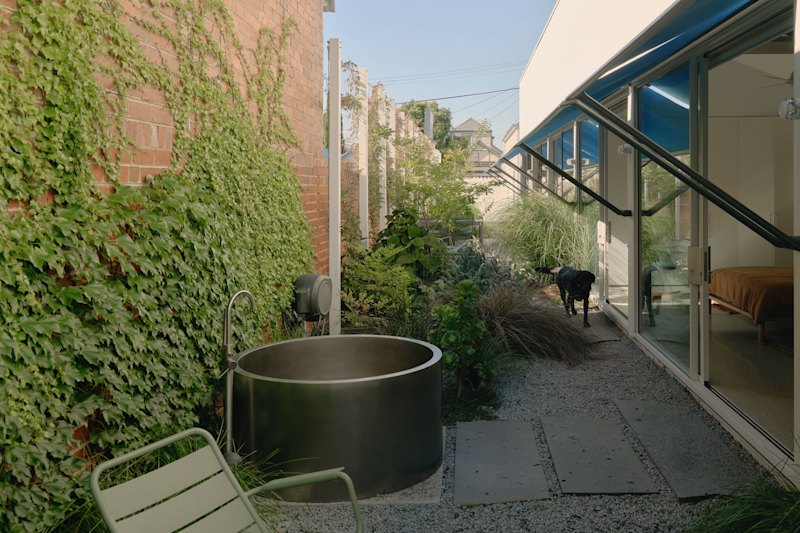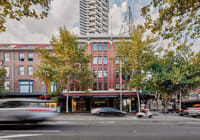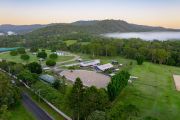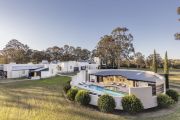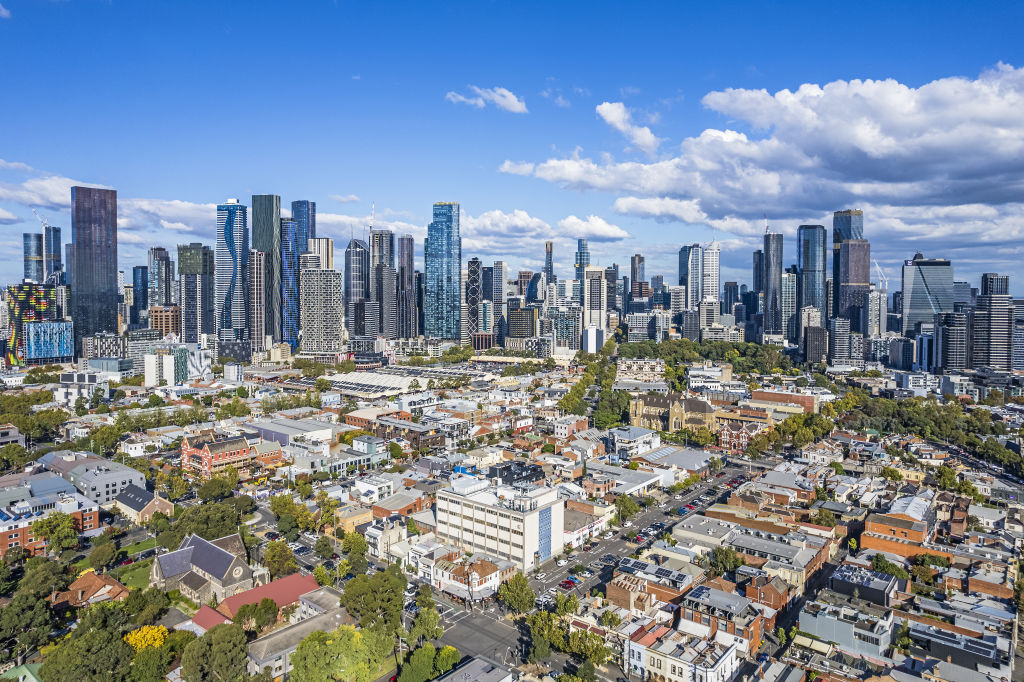
The European fund with a $200m bet on Australian housing
Foreign investors are increasingly buying into Australia’s housing shortage, earning net returns of 6 per cent to 8 per cent by servicing the unmet demand for new housing while also offsetting weaknesses in other asset classes such as office property, non-bank lender MaxCap says.
A $200 million commitment by a European pension fund for a new open-ended vehicle that was three-quarters dedicated to debt-funding residential developments showed the appetite for the emerging Australian residential sector, said Robert Hattersley, MaxCap’s group head of capital.
“Everyone believes the supply-demand imbalance in Australia around residential, and the need to create residential-led solutions,” Mr Hattersley told The Australian Financial Review.
“They’re dealing with their own issues in their own portfolios around their more traditional asset class valuation risk. They can get equity-like returns for far lower risk … they don’t need to worry about having to sell an asset to have their capital returned. As the loans mature, if they want to exit, they exit.”
A long-running trend towards smaller households that accelerated in the pandemic, along with higher borrowing and construction costs that have dampened new housing construction – and a faster-than-expected pick-up in immigration – will leave the country with a shortage of 175,000 homes by 2027, the National Housing Finance and Investment Corporation (NHFIC) said.
That was encouraging the growth of institutional investment into housing development. While non-bank lender MaxCap has taken institutional funding before, these have been through individual mandates, such as its $600 million agreement with Dutch fund APG.
This time around, the MaxCap Investment Trust (MIT) offered a way for smaller investors than those wanting their own mandate to invest in Australian commercial real estate debt, said Mr Hattersley, previously Lendlease’s group chief investment officer and AMP Capital’s chief investment officer for real estate.
The trust is funding construction in Melbourne of Samma Group’s first-stage, 134-unit tower with an end value of over $95 million at Samma Place, a four-tower development on Bell Street in the inner north-eastern suburb of Ivanhoe.
The fund invested in build-to-rent and student accommodation and would also lend on social and affordable housing projects, he said.
“Every residential built form will require a debt solution,” Mr Hattersley said. “And the fund will absolutely play in those”.
The Australian alternative asset manager half-owned by US firm Apollo Global Management has increased its capital investment team from four people to 12 since last year, Mr Hattersley said.
In addition to the contribution from the northern European pension fund – which he declined to identify – the balance of the $1.1 billion fund was made up by smaller institutions and high net worth investors, but other large commitments were likely, he said.
“I expect that there’ll be others of similar scale coming very shortly,” Mr Hattersley said.
First mortgage investors would put funds into loans with loan-to-value ratios of about 62 per cent to 63 per cent, while high-yield investors would be exposed to loans closer to a 65 per cent LVR.
First mortgage products targeted a 5 per cent return over the Reserve Bank’s benchmark lending rate, and high-yield loans targeted a net 8 per cent return, he said.


